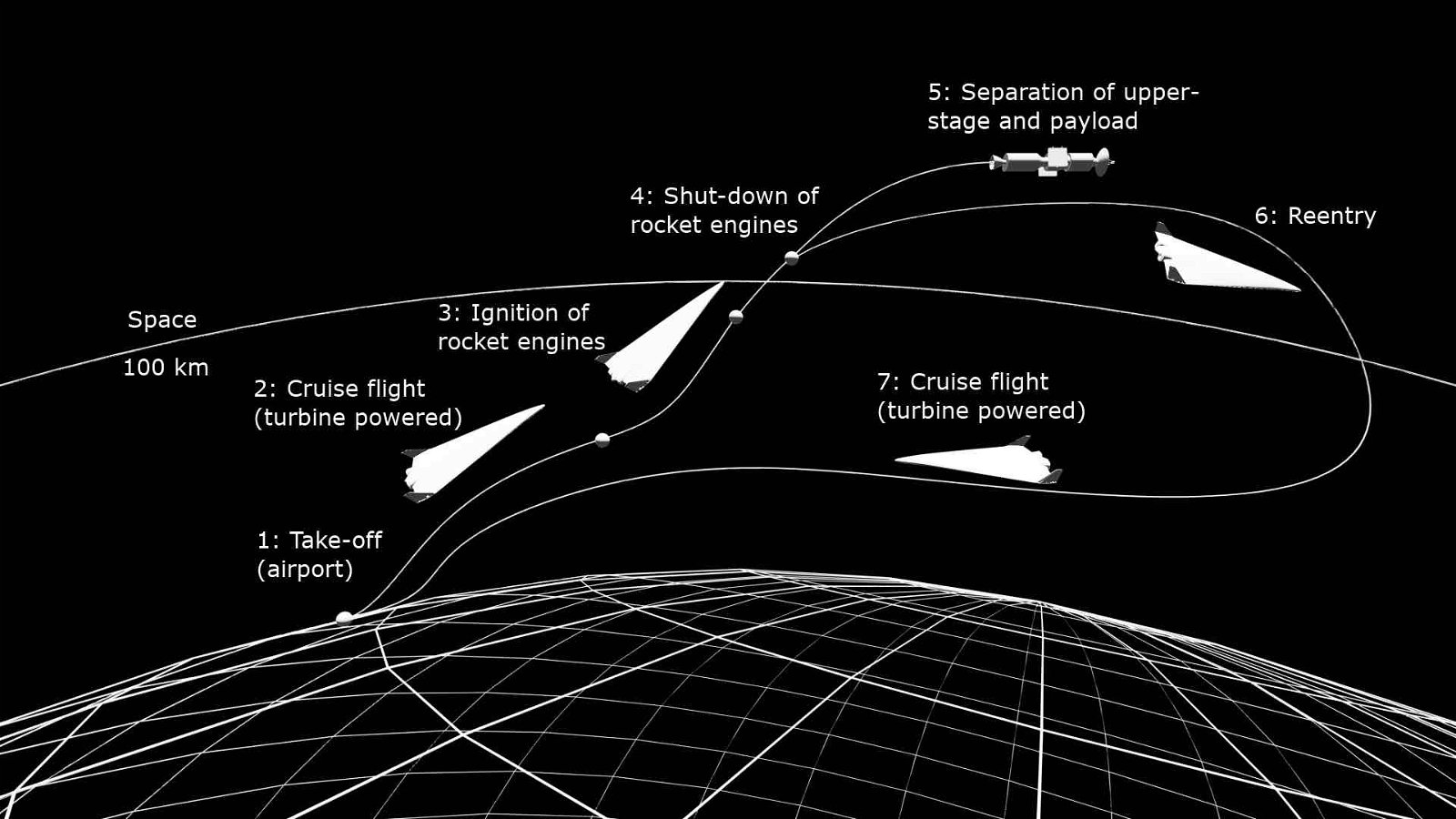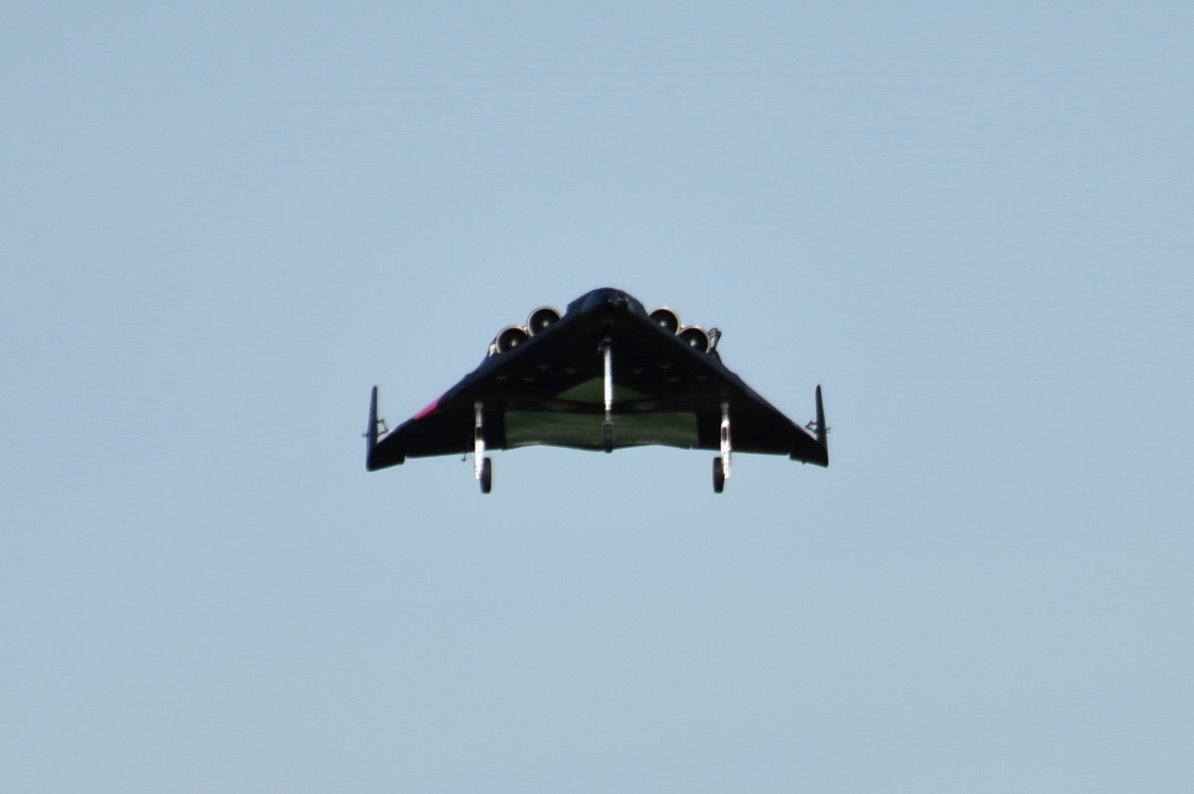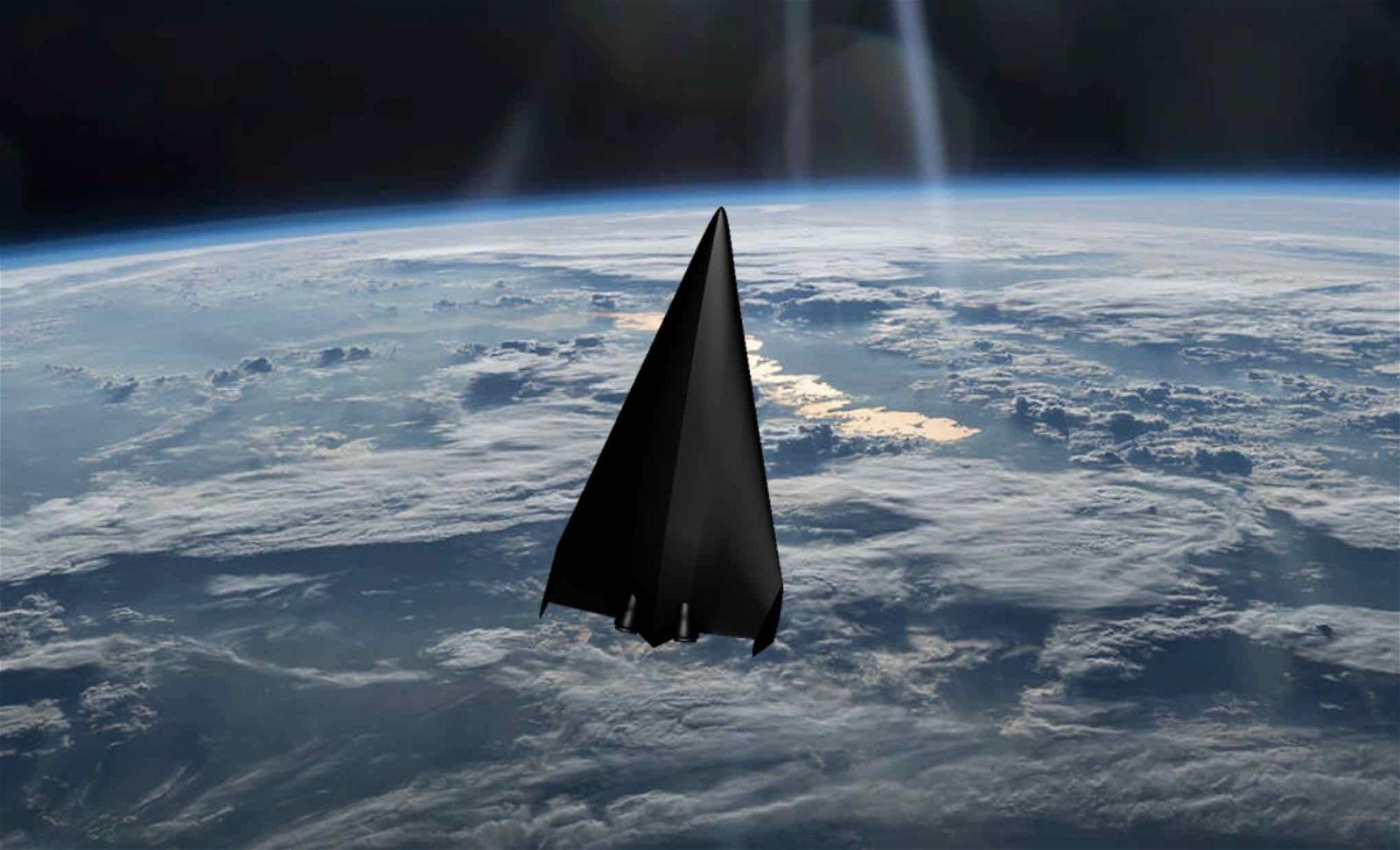German aerospace company POLARIS Raumflugzeuge is advancing in its ambitions to produce disruptive aerospace technologies with a recent series of test flight demonstrations in advance of the development of AURORA, the company’s next-generation spaceplane concept with a name already familiar to longtime aviation enthusiasts.
Drawing from more than three decades of combined German and European aerospace research, the company’s focus mainly involves the development of reusable space launch capabilities and the production of a versatile hypersonic transport system capable of maintaining the ability to operate like a traditional aircraft.
In recent months, successful test flights involving demonstrator aircraft have allowed POLARIS to validate several crucial technologies, and the company is now approaching the development of a new demonstrator craft that will represent the final test before it begins production of its ambitious next-generation spaceplane.
Aurora: The Spaceplane of Tomorrow
AURORA, an innovative spaceplane design that combines the rocket launch capabilities the company is currently testing with traditional air flight modes, has its origins in early innovations that began at the German Aerospace Center DLR. The result, the company says, is a vehicle with a design unlike any other, which POLARIS says will provide an economical means of access to space in the years ahead.
Among its key benefits, AURORA will offer worldwide space launch capabilities without any need for a launch pad, as the spaceplane’s aircraft-like operation allows it to take off from any traditional runway. Eliminating the need for a launch pad also greatly reduces fuel costs associated with traditional rocket-driven spaceflight.


AURORA will be capable of carrying payloads greater than 2200 pounds (1000 kg) in orbit, and roughly ten times that amount for suborbital/hypersonic flight. In keeping with the company’s objectives to develop sustainable aerospace technologies, AURORA is also designed with close to 100% system reusability.
Defense, Research, and Beyond
With its versatility and sustainable design, POLARIS expects that its spaceplane will be equipped to meet the demands of a variety of markets, enabling satellite and orbital cargo launch operations with relative ease and significantly reducing flight times, enabling swift, economical delivery of payloads across great distances in record time.
However, its defense and research applications are evident, as AURORA will be capable of reaching any orbit inclination and is already being touted as a potential solution for hypersonic reconnaissance and a variety of other defense applications.
While AURORA will be designed to function as an unmanned aircraft, POLARIS says it will offer an optional upgrade of its spaceplane that will facilitate human transport, enabling flights capable of carrying passengers for research and training purposes and a range of other potential spaceflight missions.
The Mystique of the Fabled Aurora
The aircraft’s name seems to be no accident, either. In the 1990s, AURORA had been the alleged name of an aerospace development project aiming to build the successor aircraft to the famous SR-71.
In fact, as early as January 1979, Aviation Week & Space Technology reported rumors about the development of a “Mach 4, 200,000-ft.-altitude aircraft that could be a follow-on to the Lockheed SR-71 strategic reconnaissance vehicle in the 1990s,” which it reported “has been defined by the Air Force Aeronautical Systems Division and Lockheed.”
Efforts to determine whether such a spacecraft had indeed ever been developed continued for years, prompting the Federation of American Scientists to investigate “observations of mysterious aerial phenomena” which began to be “connected with the 1988 reports that Aurora was a Mach 6 stealthy reconnaissance aircraft that was being developed to replace the SR-71.”
Ultimately, it was never determined whether such an unacknowledged aircraft truly existed. Kelly Johnson, who developed both the SR-71 and its predecessor, the U-2, during his time with Lockheed, later said the name “Aurora” had been the code name for funding of an Air Force black program which later leaked during congressional appropriations hearings, prompting the media to presume it involved a secret hypersonic aircraft.
“Although I expect few in the media to believe me,” Johnson later wrote, “there is no code name for the hypersonic plane, because it simply doesn’t exist.”
While Johnson maintained the U.S. had never successfully developed a hypersonic successor to the SR-71, not surprisingly, invocation of the fabled aircraft’s name has been seen again and again by various agencies and aerospace companies in recent years.
Now, perhaps by the end of the decade, POLARIS appears to be the latest company poised to bring its version of AURORA out of the shadows of modern space-age mythology and into reality.
Technology Validation and the Path to Aurora
POLARIS has announced that it expects to begin flight with its light spaceplane by as early as 2026, with a heavy vehicle that will become operational by the early 2030s.
In advance of AURORA’s development, the company has undertaken technology validation with the production of several scaled flight demonstrators.
Earlier this month, POLARIS announced that it had commenced initial tests with its MIRA-Light demonstrator, a smaller version of its full-scale MIRA aircraft, which it plans to begin testing before the end of the year.


At roughly half the size of MIRA, the MIRA-Light vehicle measures roughly 2.5 meters in length, and with the company’s successful flight of its full-scale MIRA demonstrator later this year, the company hopes to showcase its linear aerospike rocket design, a novel variety of engines that boast significant performance capabilities exceeding those of traditional rocket engines.
Study contracts for tests that include in-flight ignition and operation were awarded to the company in April. In August, POLARIS received approval for temporary restricted airspace test flights over the Baltic Sea that are expected to begin in September.
Before it commences production on the spaceplane, in the months ahead, the company will be launching its fifth demonstrator, NOVA, as the final test of its innovative flight capabilities prior to production of AURORA.
Powered by four kerosene-fed jet turbines and a single liquid fuel rocket engine, POLARIS says the focus of the DEMO-5 NOVA flight will be “the demonstration of safe and repeatable rocket-powered supersonic flight capability at high altitudes, while fulfilling the full regulatory framework required for airport-based operation.”


NOVA is expected to be developed and flown sometime next year, with AURORA entering its production stage thereafter in 2026.
The company’s ambitions don’t stop with AURORA, however. By the early 2030s, POLARIS hopes it will be positioned to begin development of the ultimate expression of its current technological vision: a reusable heavy orbital spaceplane, which the company says will be a step toward making fully reusable single-stage-to-orbit (SSTO) space vehicles one closer to becoming a reality.
You can learn more about POLARIS and the AURORA spaceplane, in addition to seeing imagery from several recent test flights of its current demonstrator aircraft at the company’s official website.
Micah Hanks is the Editor-in-Chief and Co-Founder of The Debrief. He can be reached by email at micah@thedebrief.org. Follow his work at micahhanks.com and on Twitter: @MicahHanks.

